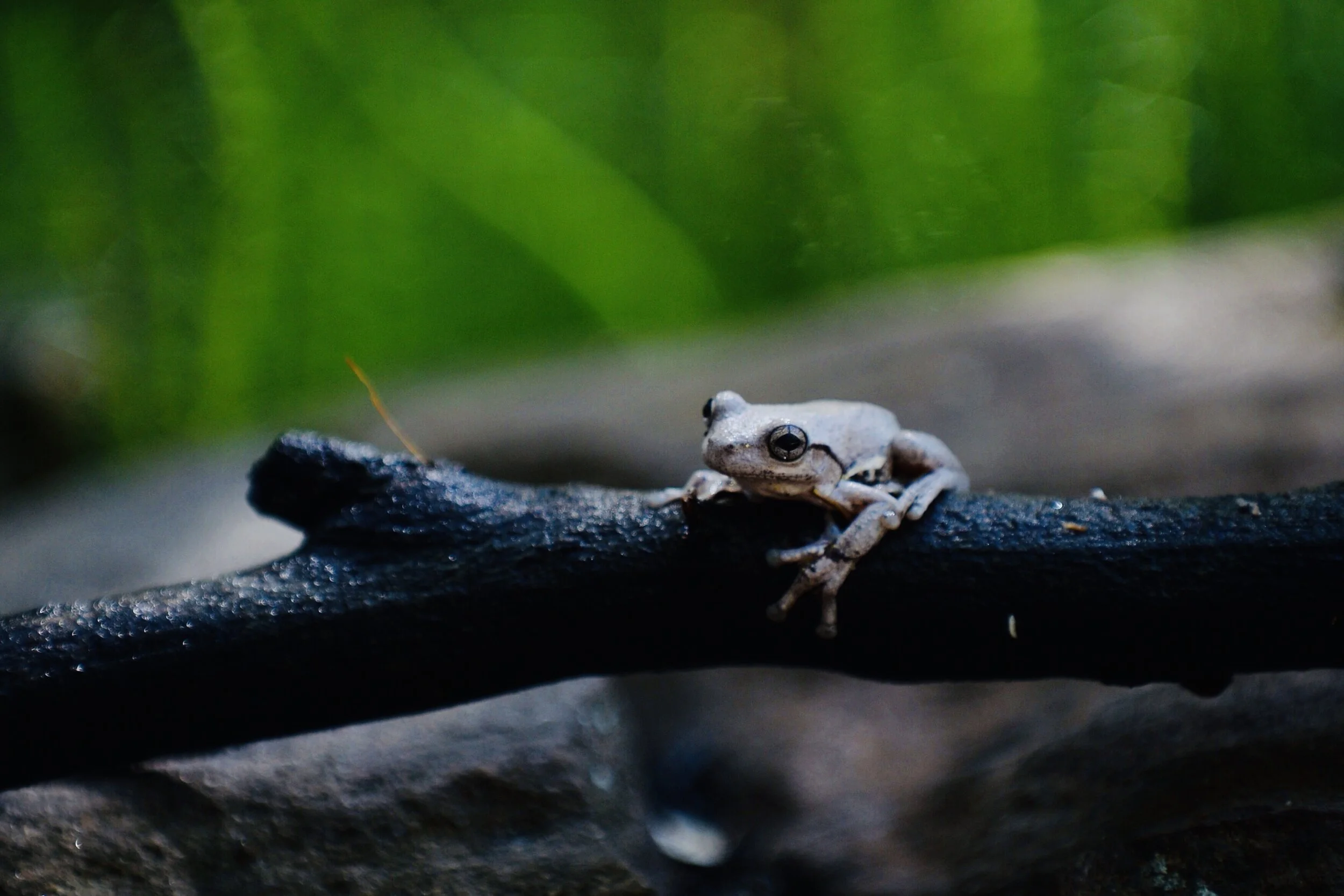We are delighted to share the news that Victoria Austin has joined the Institute as our new Ecological Programs Manager. Victoria is a Fulbright scholar and PhD candidate at the Lab of Animal Ecology at the Hawkesbury Institute for the Environment, University of Western Sydney.
Post-fire bush regeneration resources
The Australian Association of Bush Regenerators is building an online portal of helpful material about post-fire bush regeneration and ecological weed management after the wildfires of summer 2019-20. Learn about the importance of weeding and locate volunteers to assist your efforts.
Publication: Healthy People in a Healthy Environment
Native Fauna of the GBMWHA
The (re)Generation Project: back to nature
Turtle Island launched at Glenbrook Lagoon
Blue Mountains Fauna Inventory launched
Feral horses are wiping out rare species in the Australian Alps.
Kosciuszko National Park provides habitat for many endangered and vulnerable native species. The bushfires have decimated a lot of what was left. Feral horses now threaten to destroy the remainder, and an urgent culling program is needed.
Protected species in bushfire affected areas
The Australian Department of the Environment and Energy has released an initial list of threatened and migratory species which have more than 10% of their known or predicted distribution in areas affected by bushfires in southern and eastern Australia from 1 Aug 2019 - 13 Jan 2020.
Assessing Australia's ecological disaster
Conservation response to the 19-20 fires
With other concerned conservation biologists, researchers from the Threatened Species Recovery Hub have developed a blueprint for management responses to the 19-20 fires. After the catastrophe: a blueprint for a conservation response to large-scale ecological disaster, can be downloaded here.
Guide to helping wildlife in emergencies
The NSW Department of Planning, Industry and Environment works with the community and wildlife rehabilitation groups to rescue and care for injured and distressed native wildlife in an emergency, such as prolonged drought or after fire or flood. This is their guide to helping wildlife during emergencies.
How predators respond during fires
As climate change continues, large, intense, and severe fires will become more common. But what does this mean for animals living in fire-prone environments? New research published in the Journal of Animal Ecology looked at studies from around the world to identify how predators respond to fire.



















